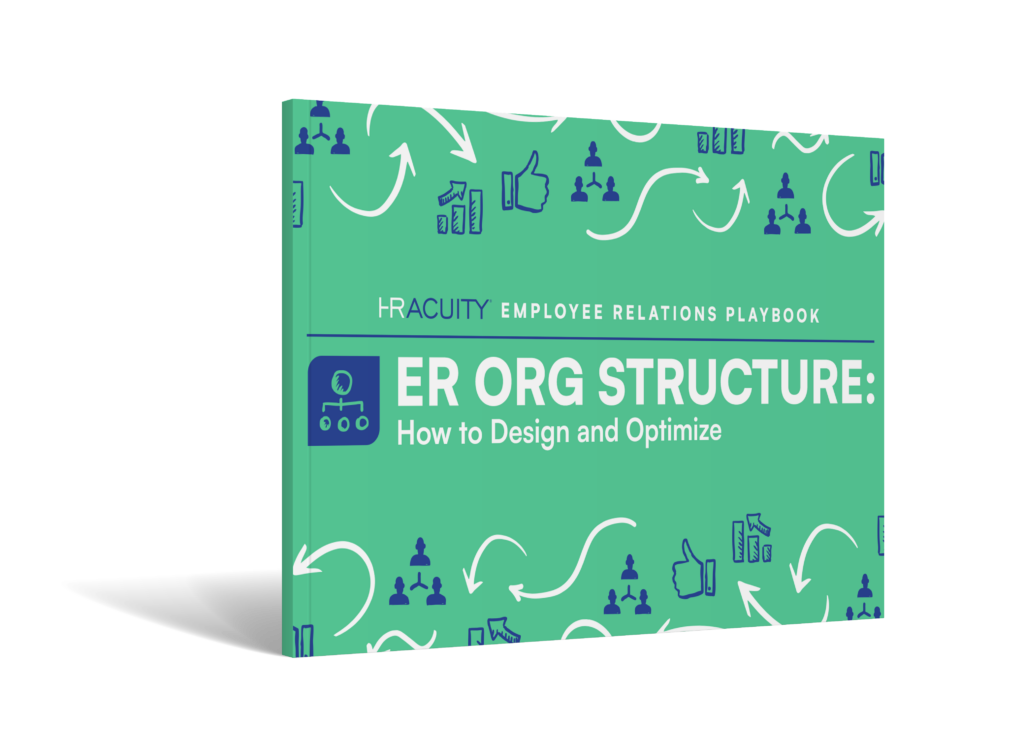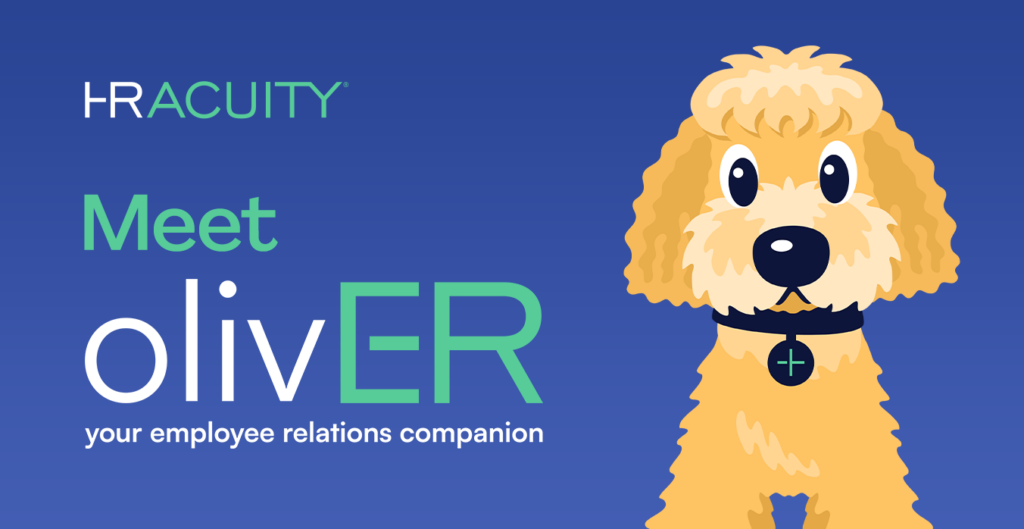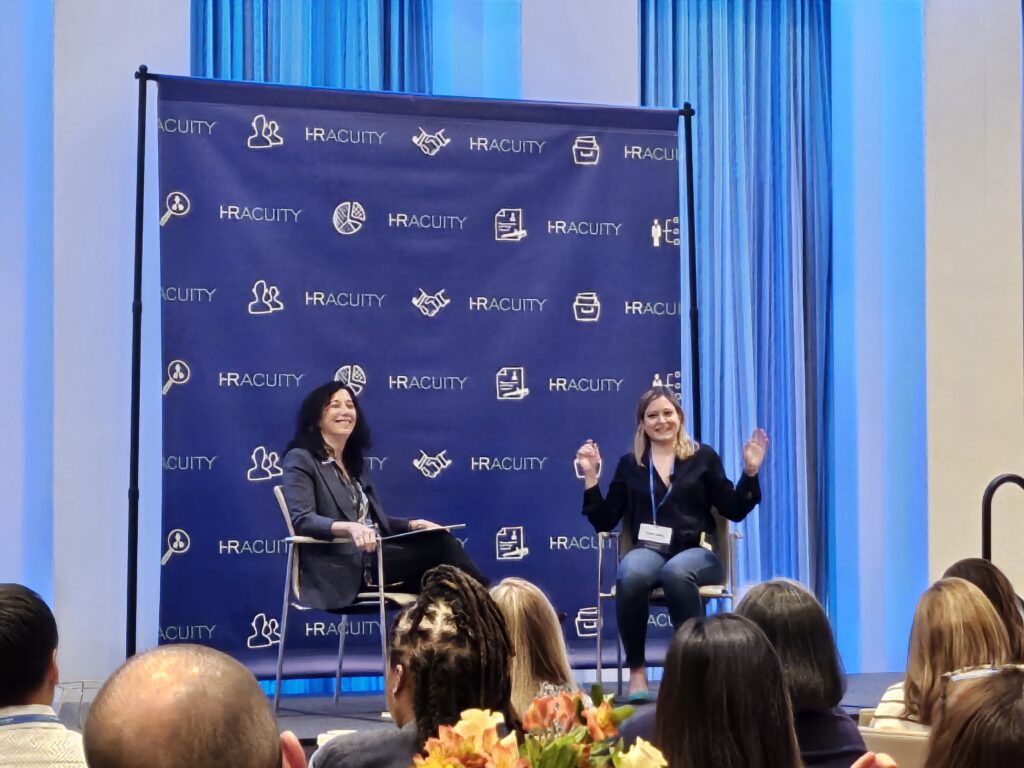What is labor relations?
In the field of HR and employee relations, people leaders are often asked to take on a broad list of responsibilities. In addition to maintaining employee satisfaction and trust, their tasks may also include hiring, retention, promotions, and negotiations regarding compensation and benefits. While applicable to HR and ER, these responsibilities all technically fall under the sub-category of labor relations. If you are like many people who are either new to the field or are in a growing organization, you may be asking yourself: what is labor relations?
In short, labor relations is the term used to define the connection and agreements between employer and employees. Labor relations is a sub-function of the human resources umbrella that is focused on preventing and resolving employee-related problems, usually with regard to employees covered by a collective bargaining agreement or union contract. Labor relations deals with the management of employee contracts, documentation of grievances, coordination with unions, and staying up to date with the current labor law. As such, it is important for people leaders and HR managers to understand the definition of labor relations and how it affects their role and the employees they manage.
In larger organizations there are often dedicated labor relations specialists or teams assigned to managing this function of HR. However, in smaller organizations the HR generalists, ER specialists, or people leaders can be tasked with taking on labor relations related responsibilities. Sometimes there is even a labor relations executive or leader that helps equip the front-line people leaders who are directly working with and managing employees. It is important to understand the field as well as the history of labor relations in the United States to see how all the moving parts function to keep employees safe and happy at work.
The Collective Bargaining Process in Labor Relations
Collective bargaining, which is the negotiation of wages or other employee rights by an organized body of workers (or a union), plays a key role in labor relations. Labor relations focuses on the management of any workforce that has collective bargaining in place. Since labor unions help employees through collective bargaining, unions have an integral say in the landscape of the workplace and labor relations.
The first puzzle piece that is important to understand when considering the field of labor relations and collective bargaining is the Labor Relations Act of 1935. When this act was passed by congress, it served as the basis for outlining unfair labor charges. It also stated that any employer can be subject to these charges regardless of whether or not the employee is represented by a labor union. This set the precedent for filing unfair labor practice charges. This is integral to HR as leaders need to understand the basis for any unfair labor practice (ULP) charge, in order to take action, respond appropriately and avoid further damage or penalties.
Labor unions play a significant role in labor relations. Labor unions are organizations formed by employees with the goal of protecting employees’ rights and benefits, negotiating for more robust rights, and ensuring that their employers adhere to minimum standards and labor laws. Unions have the right to assemble and the right to freedom of speech. This means employees are allowed to wear buttons, hand out union cards, and hold union meetings.
Labor unions may help by backing workers when negotiating better pay, safer working conditions, and more robust benefits. Often, the employment conditions for which the labor unions advocate will be outlined in an employment contract. It is important to ensure that contracts are in place that protect both the worker and the employer in order to avoid ULPs and lawsuits. Which brings us to the next question: What is an employment contract?
Employment contracts are documents that outline rights and responsibilities between employer and employee- they cover all aspects of employment terms and conditions. These contracts help ensure both parties have a clear understanding of their responsibilities and what is expected of them during the term of employment. This type of document also has implications on labor rights in that they aim to prevent disputes that may arise down the line during the term of employment.
Make the right play for your organization.
Design the ideal ER structure with our playbook.

Promoting Employee Relations Through Effective Labor Relations
If you’re wondering why labor relations and negotiation are important in human resource management, the answer is symbiosis. Human resource management teams and labor relations specialists who are informed on labor laws can help protect both the organization and the worker when collective bargaining and grievances come into play. Thus, effective labor relations can help promote collaborative employee relations.
Whether you are a people leader, employer, or employee, ideally your goal as an organization should be to have both healthy employee relations and healthy labor relations. They are two symbiotic parts of the same ecosystem. Good ER has a positive impact on labor relations and vice versa. You cannot have one without the other. Overall, labor relations and employee relations strive for the same goal. It comes down to caring about your employees, treating them well and ensuring that they have a safe, healthy, inclusive work environment.
For companies without a unionized workforce, it is still important to have healthy ER and labor relations. Some may argue that it is actually more important that leaders of non-unionized workers double down on their ER, so workers don’t feel the need to unionize in the first place. Unionization can be costly for companies as unions tend to drive the cost of labor way up. Furthermore, unions also restrict companies’ flexibility, making it more difficult to effect change within the organization. For example, airlines have a huge, unionized workforce which limits their flexibility and ability to make policy and structural changes.
If you are able to keep workers happy and treat them fairly and with respect before the need for unionization, your organization will retain its flexibility and can potentially save money. Of course, this can only be done through healthy ER. When workers are paid well, have robust benefits, and have a sense of trust in their employer, there are fewer complaints filed and employee retention stays high, which is what all parties want!
See HR Acuity's Solutions in Action
Discover why HR Acuity is the preferred employee relations management software.
Why are labor laws important and how can employee management software help?
Labor laws might seem like restrictive red tape you don’t want to deal with, but they are actually there to help all parties. Looking back, labor laws have done us a lot of collective good. Many things we take for granted today in the workplace are thanks to labor laws and the labor movement. (The labor movement gave us the 5-day work week and ended child labor, after all!)
However, labor laws are often cumbersome and unclear which can make it difficult to parse through labor laws without proper support. Especially if you don’t have a dedicated labor relations specialist or labor law expert on staff, employers sometimes end up paying out more claims than may be necessary to just “make them go away.”
Without proper support navigating labor laws and labor relations can be tough. There are a lot of moving parts, but HR Acuity is here to help. With access to important insights and data at your fingertips, you can easily identify weak points in your organization and take proactive steps to avoid future issues. This helps you minimize your potential for grievances or claims filed and keeps your organization strong. HR Acuity acts as a helping hand by ensuring thorough documentation of cases, empowering your people leaders, and building employee trust and satisfaction. Ready to see what our solution can do for you? Book a demo today.



